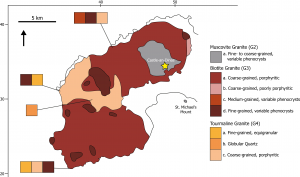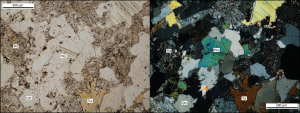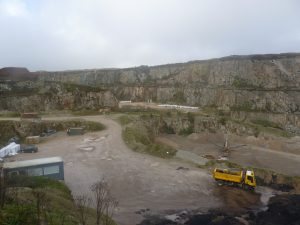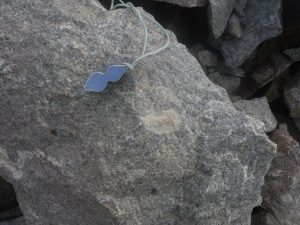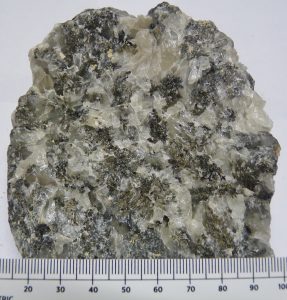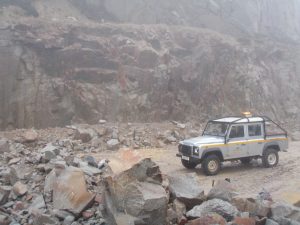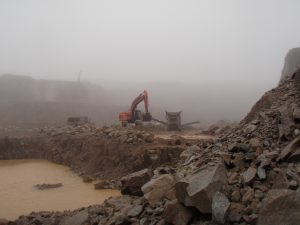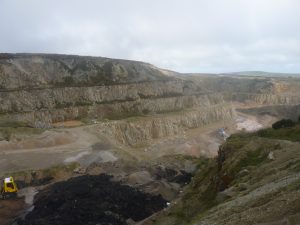Highlights: Granite, active quarry, hill fort Site provided for information only. Castle-an-Dinas is an active quarry and not accessible to the general public and no attempt should be made to do so. The hill fort is on public land but difficult to access.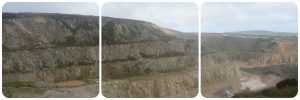
Location: SW 4856 3456
What’s nearby: St Ives, Penlee Point
Conservation: Private land. Not accessible to the general public. Hill fort is a scheduled ancient monument.
Gallery
References
- CORMAC tour of Castle-an-Dinas Quarry [Youtube]
- Müller A, Seltmann R, Halls C, Siebel W, Dulski P, Jeffries T, Spratt J, Kronz A (2006) The magmatic evolution of the Land’s End pluton, Cornwall, and associated pre‐enrichment of metals. Ore Geology Reviews 28: 329‐367. [PDF]
- Preston-Jones, a. 2004. Castle-an-Dinas: Conservation Works to Rogers Tower and ruined 19th Century farmhouse. Cornwall Archaological Unit Report. [PDF]

